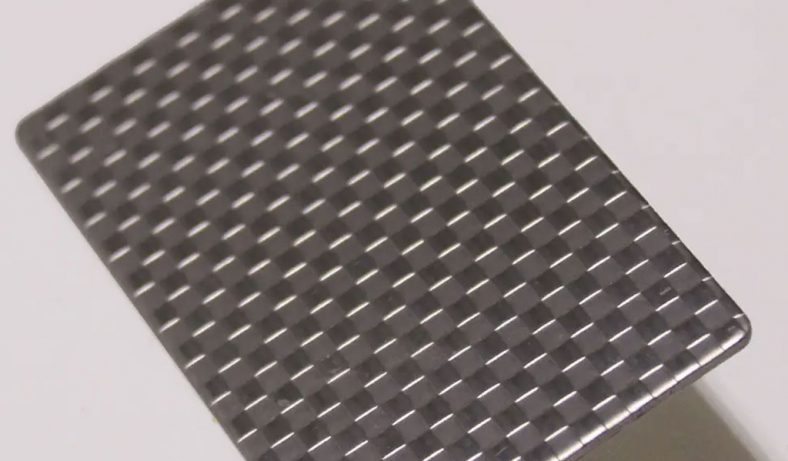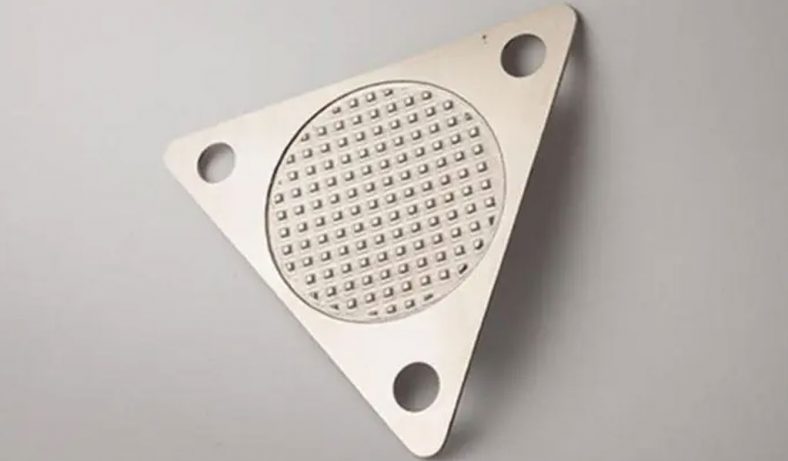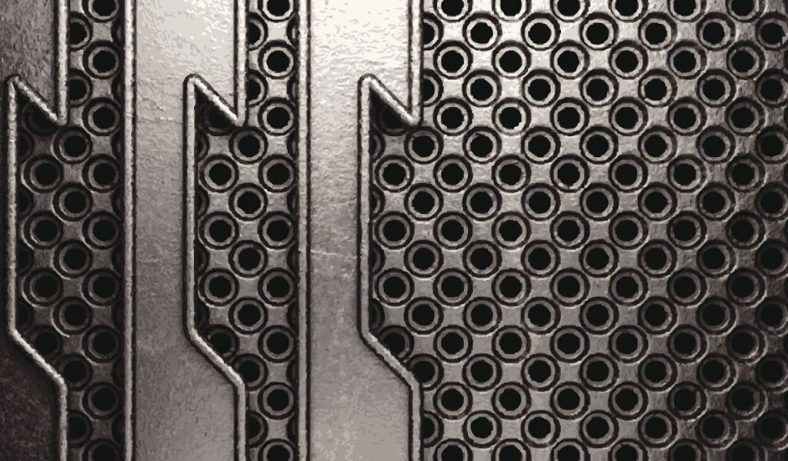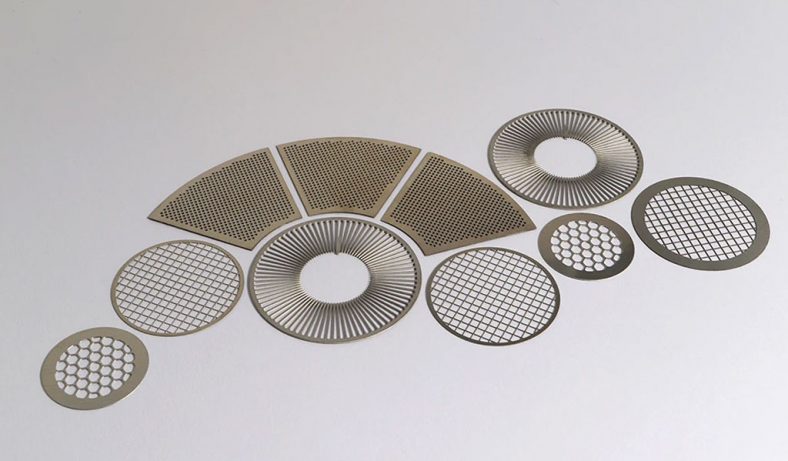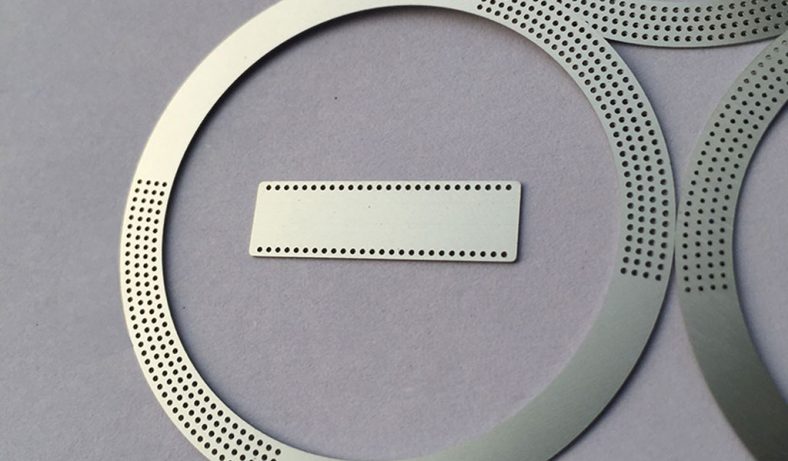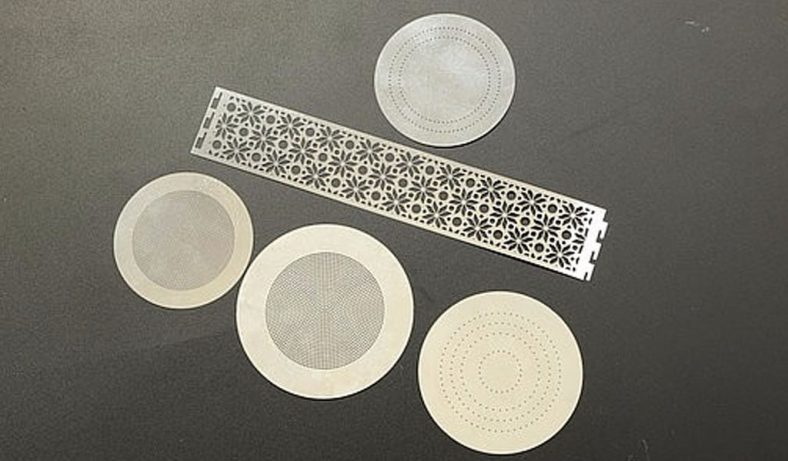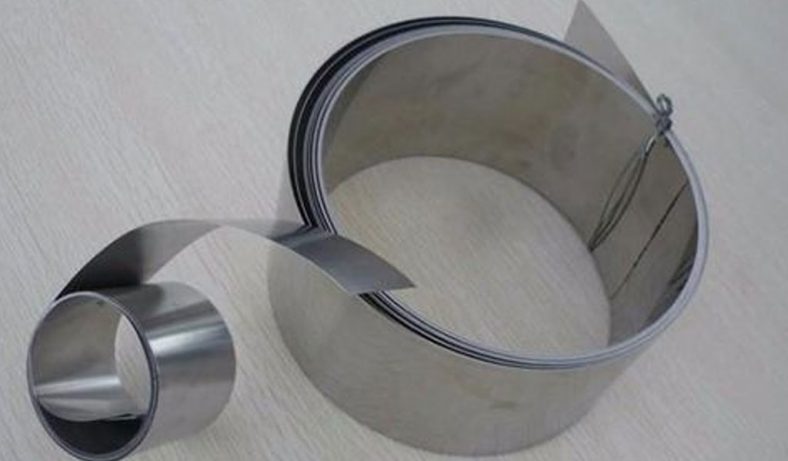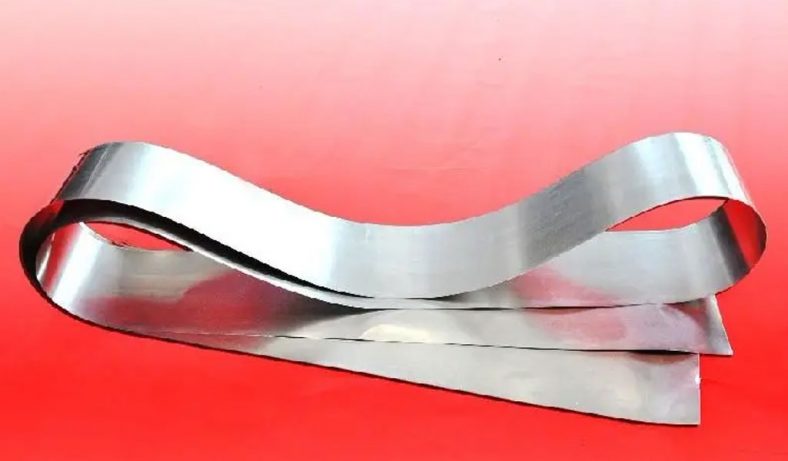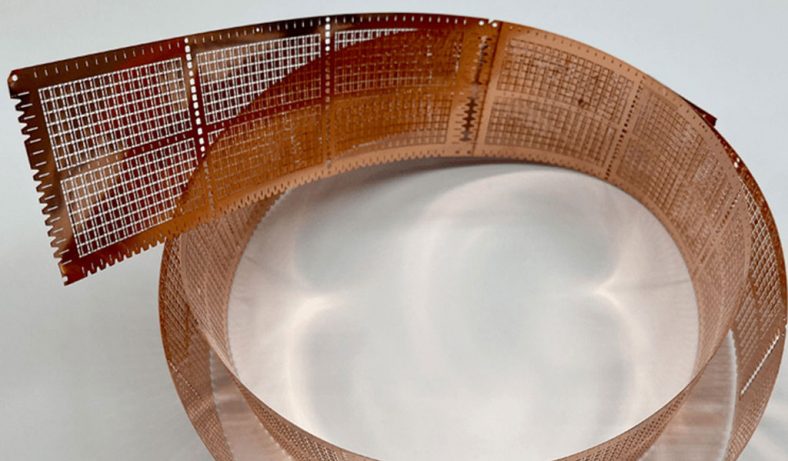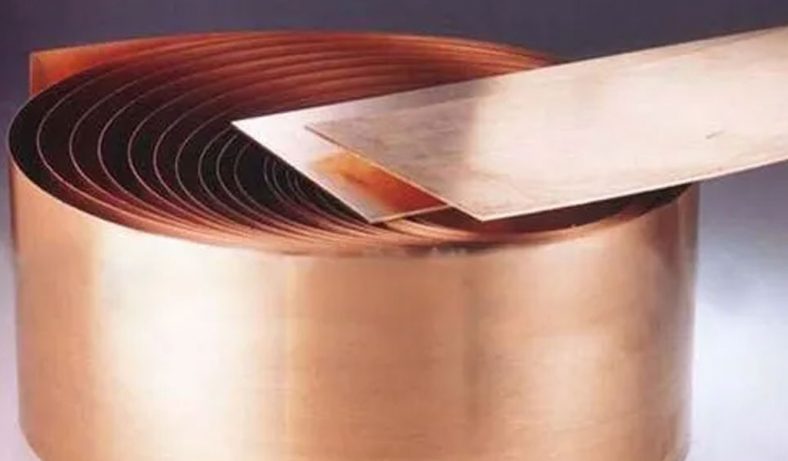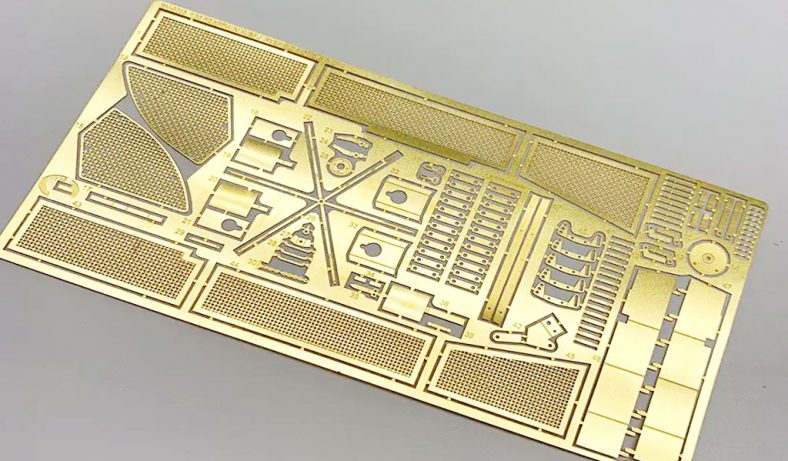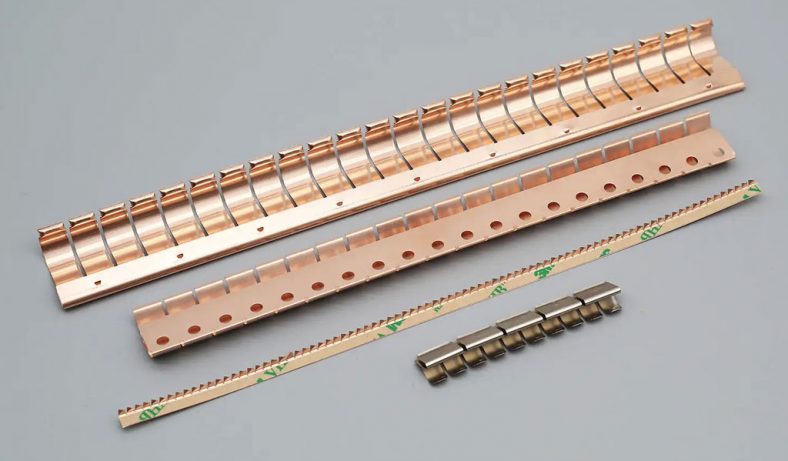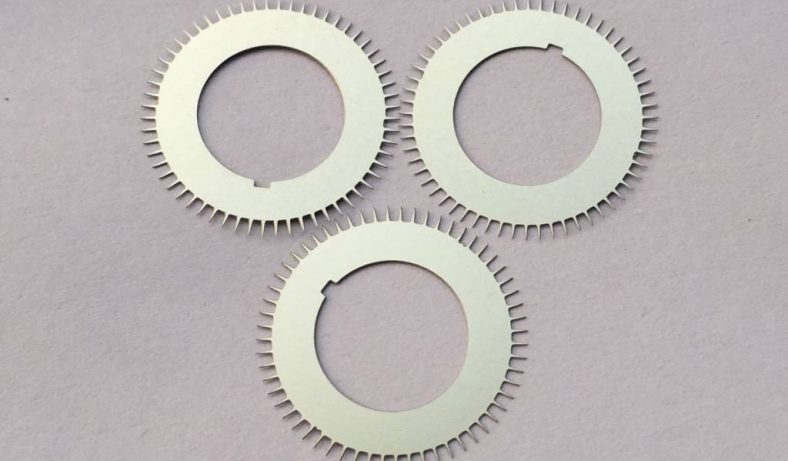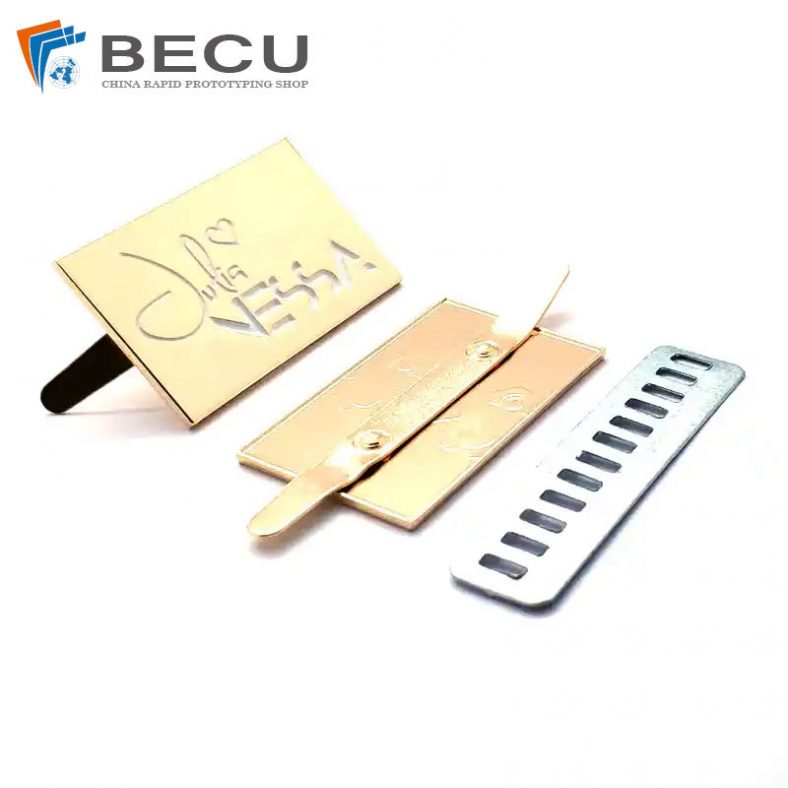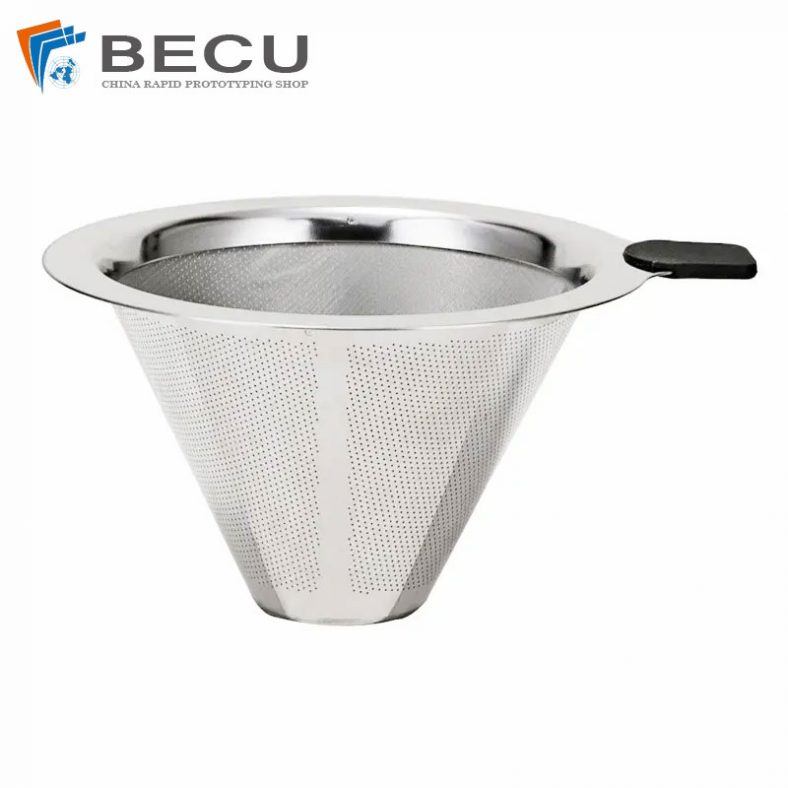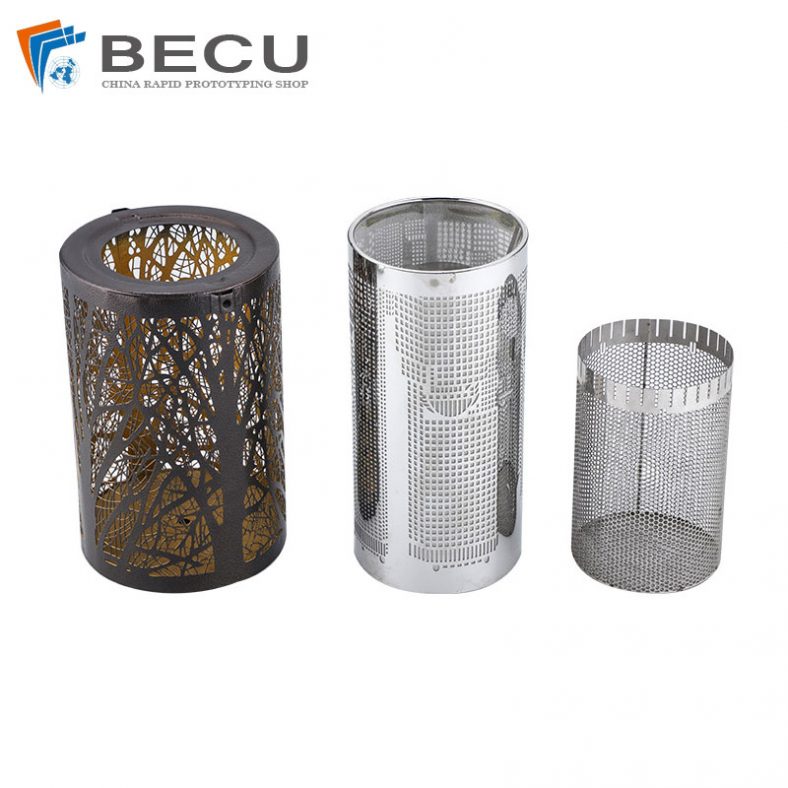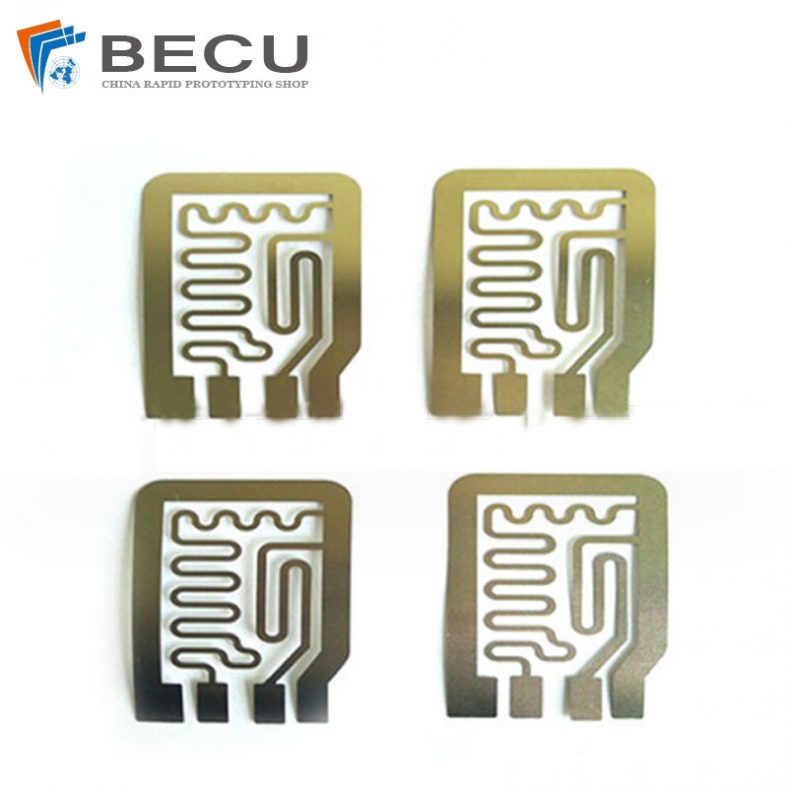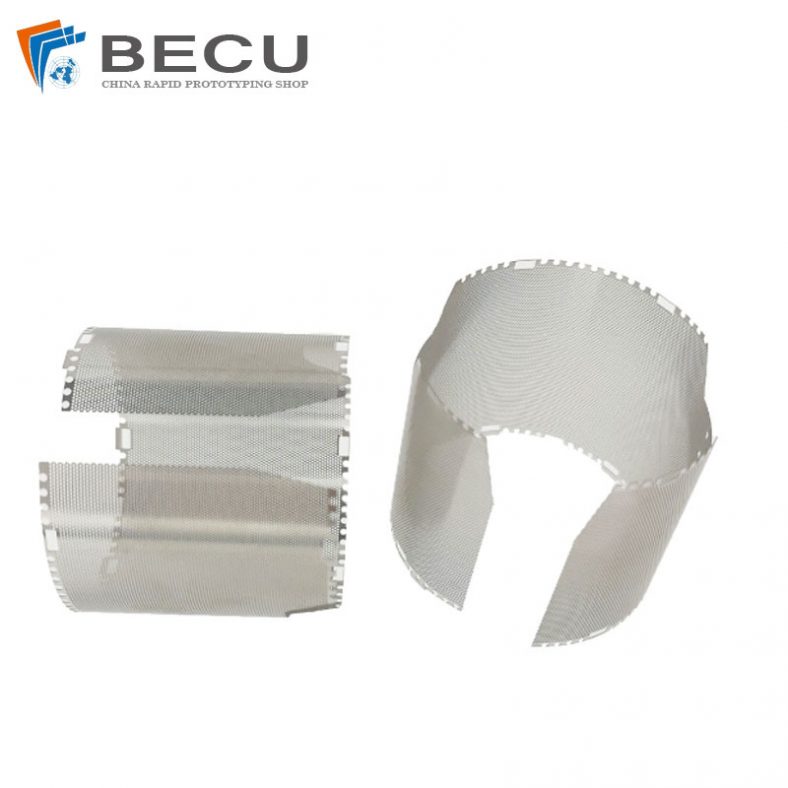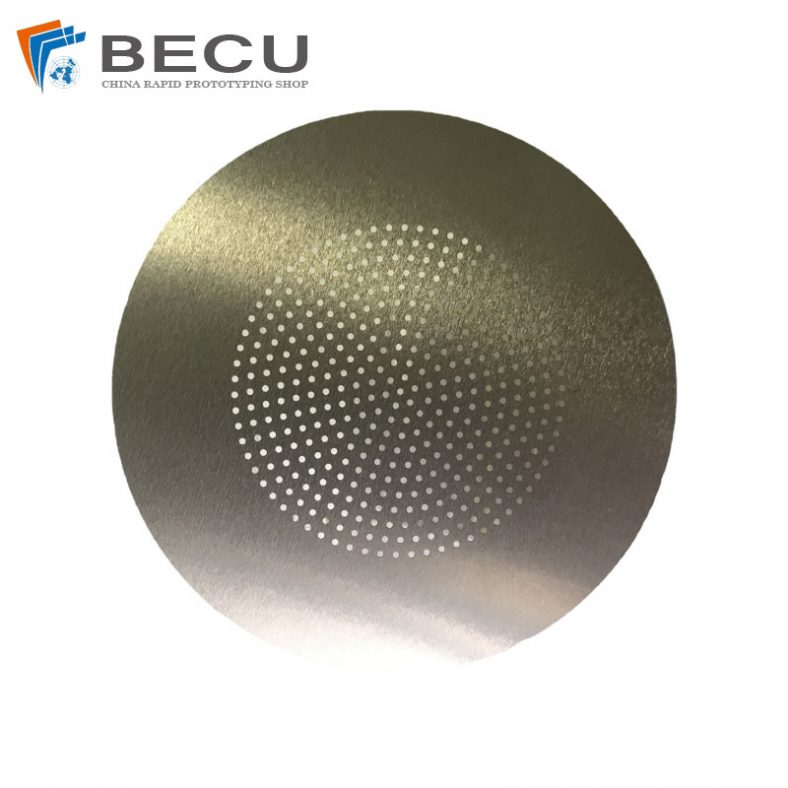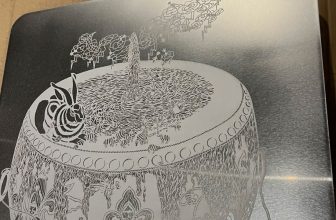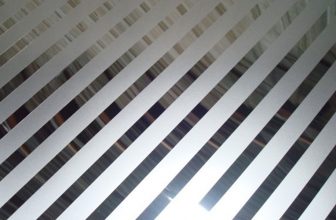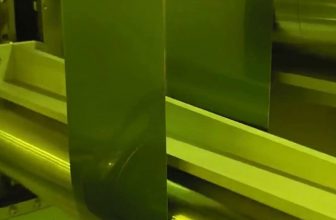In the world of modern manufacturing, the importance of Design for Manufacturability (DFM) cannot be overstated. DFM is a comprehensive approach that emphasizes the seamless integration of design and manufacturing processes, with the ultimate goal of producing high-quality, cost-effective products. One of the key techniques that plays a pivotal role in achieving DFM goals is Photochemical Etching (also known as Chemical Etching). In this article, we will delve into the art and science of Photochemical Etching and explore how it seamlessly fits within the DFM framework.
Understanding Photochemical Etching
Photochemical Etching is a precise, versatile, and highly controlled metal machining process that utilizes chemical reactions to selectively remove material from a metal sheet or other substrates. It is a subtractive manufacturing technique that allows for the creation of intricate and complex designs with remarkable precision. The process involves several essential steps:
- Design and Artwork: The process begins with the creation of a digital design or artwork that represents the desired final product. This design is then transferred onto a light-sensitive photoresist material, forming a mask.
- Exposure: The mask is placed on the metal sheet, and the assembly is exposed to ultraviolet (UV) light. This exposure hardens the photoresist in the areas that correspond to the desired pattern.
- Development: After exposure, the unexposed areas of the photoresist are developed, leaving behind a mask that protects the underlying metal.
- Etching: The metal sheet is then submerged in a chemical etchant that selectively dissolves the unprotected metal. The etchant reacts only with the exposed areas of the metal, leaving the masked regions untouched.
- Rinsing and Stripping: The remaining photoresist mask is removed, and the etched metal part is thoroughly rinsed and cleaned.
Benefits of Photochemical Etching in DFM
- Design Flexibility: Photochemical Etching allows for intricate and complex designs that are often challenging to achieve with other manufacturing methods. This design flexibility is vital for creating parts with precise tolerances and unique features.
- Tight Tolerances: With high precision and minimal material loss, Photochemical Etching excels at producing components with tight tolerances, ensuring that the final product meets design specifications consistently.
- Cost Efficiency: DFM is all about optimizing the manufacturing process to reduce costs. Photochemical Etching is inherently a cost-effective process due to minimal tooling requirements and efficient material utilization.
- Material Selection: This technique is compatible with a wide range of metals, including stainless steel, copper, aluminum, and more. Designers have the flexibility to choose the most suitable material for their specific application without compromising the manufacturability.
- Prototyping and Low Volume Production: Photochemical Etching is an ideal solution for prototyping and low to medium volume production runs. It enables rapid iteration and cost-effective production of small batches.
- Reduced Environmental Impact: The process generates very little waste, and the chemicals used can often be recycled, making it an environmentally friendly manufacturing option.
- Consistency and Repeatability: DFM relies on consistency and repeatability in the manufacturing process, which is a hallmark of Photochemical Etching. The process ensures that each part is identical to the next, reducing the chances of defects and rework.
Conclusion
Photochemical Etching is a versatile and precision-oriented manufacturing technique that seamlessly aligns with the principles of Design for Manufacturability. Its ability to produce intricate designs, maintain tight tolerances, and offer cost-effective solutions makes it a valuable tool for designers and engineers. By integrating Photochemical Etching into the DFM process, manufacturers can enhance the quality, cost-efficiency, and overall success of their projects, ultimately bringing innovative and high-quality products to market. As the manufacturing landscape continues to evolve, the marriage of design and manufacturing through techniques like Photochemical Etching becomes increasingly essential in achieving excellence in product development.

